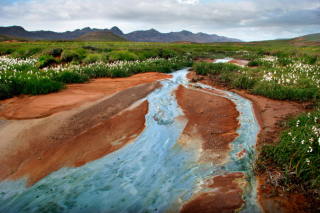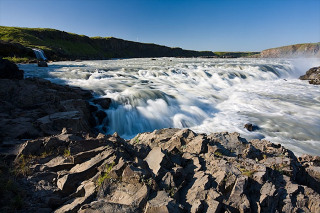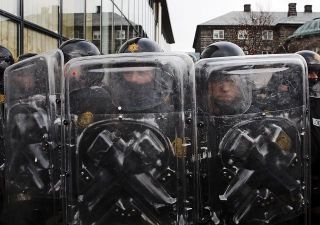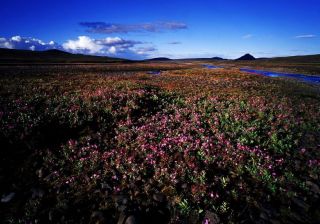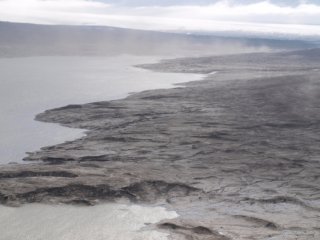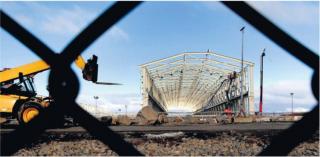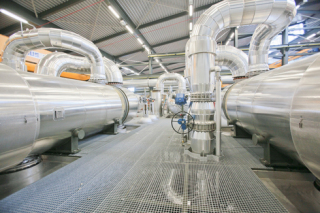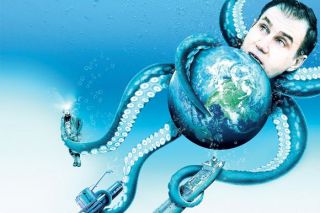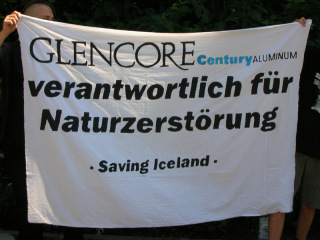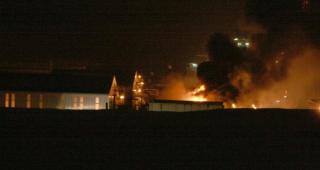Mar 30 2012
2 Comments
The Reykjanes Peninsula: The Trash Can of Iceland’s Energy Master Plan
As environmentalists and their opponents alike wait for the last steps of Iceland’s Energy Master Plan to occur, it seems quite clear that while river Þjórsá might have been temporarily saved from destruction, the unique geothermal areas of the Reykjanes peninsula will be included in the Master Plan’s exploitation category. If these plans go through unaltered, the good majority of the geothermal areas will be harnessed and destroyed, most likely for Century Aluminum’s blundering aluminium smelting project in Helguvík.
In one of Saving Iceland’s articles from last year, in response to the publication of a proposition for a parliamentary resolution regarding the Energy Master Plan, we mentioned environmentalists “clear opposition to the planned exploitation of certain wonders of nature, one example being the geothermal areas on the Reykjanes peninsula.”
Ellert Grétarsson, a photographer who has documented these areas extensively, fears that the drilling in Krýsuvík – covering between five and eight thousand square meters of land – will simply kill the area. And as a matter of fact, Ellert says, the whole Reykjanes peninsula will be riddled with energy construction. Hjörleifur Guttormsson, former Left Green MP and a genuine environmentalists, shares Ellert’s worries and has asked for an integral study of Reykjanes before any decisions are made.
In order to highlight the uniqueness of those magnificent areas, the recently established Nature Conservation Association of South-West Iceland has now published a web book with photos of the Reykjanes peninsula’s threatened geothermal areas. The photos in the book, titled The Reykjanes Peninsula: The Energy Master Plan’s Trash Can, are by aforementioned Ellert Grétarsson, whose photos decorate many of the articles published here on Saving Iceland’s website. The book can be viewed here:
Read more about the Energy Master Plan by following the Master Plan tag.
